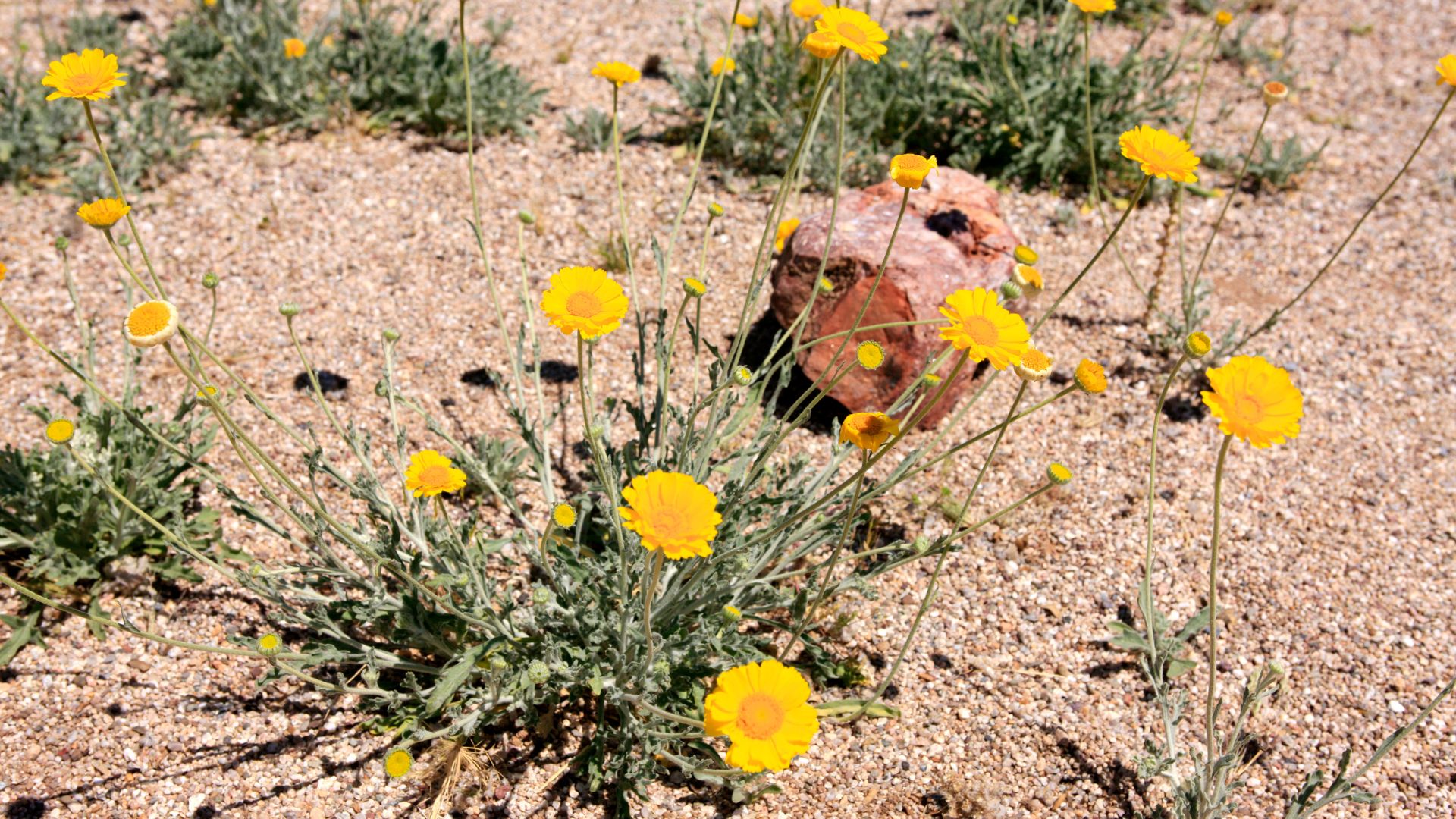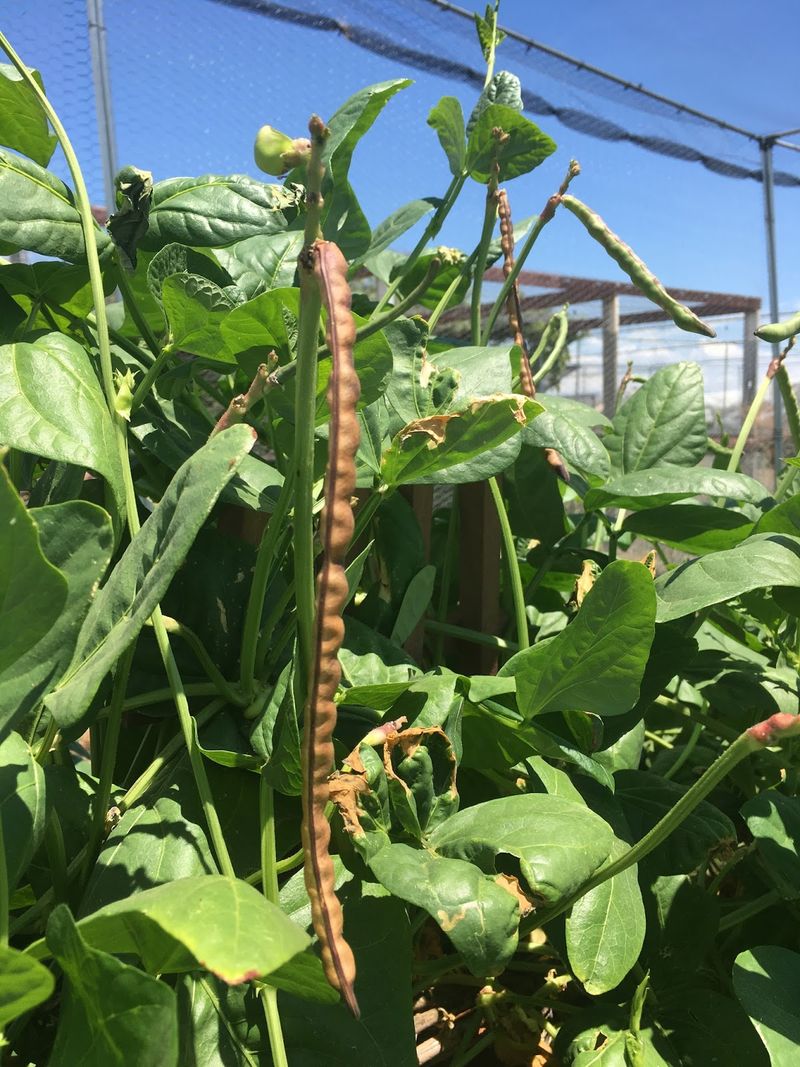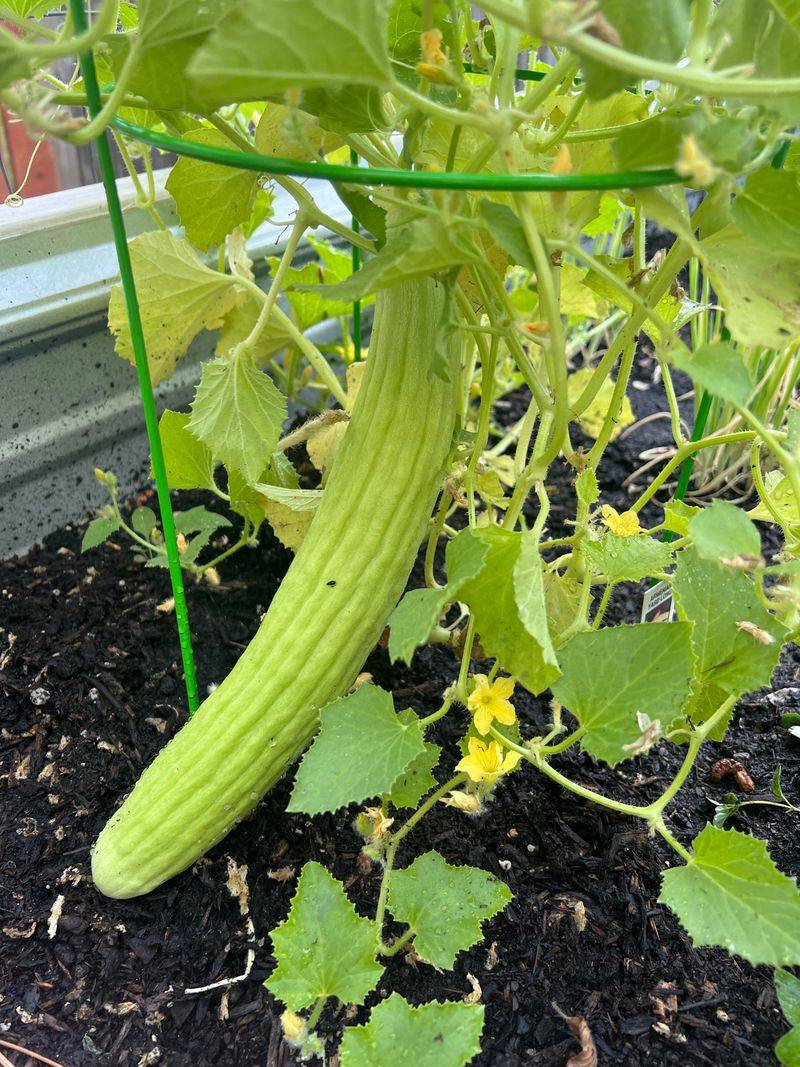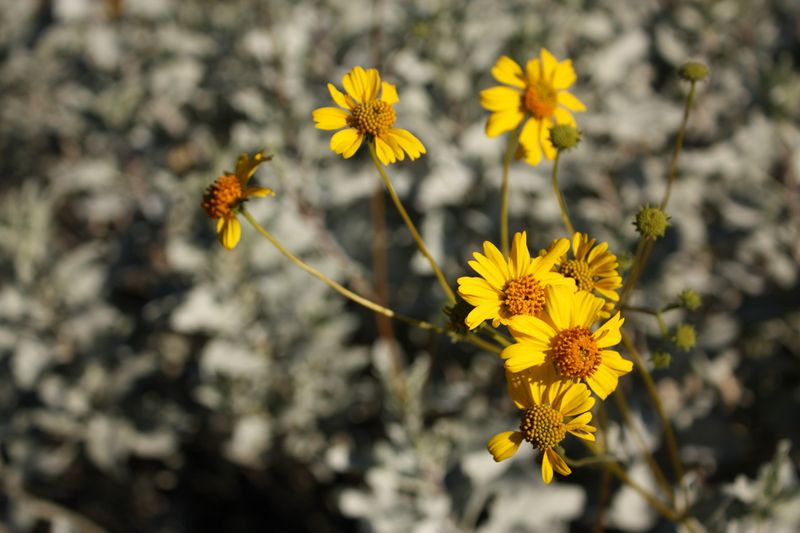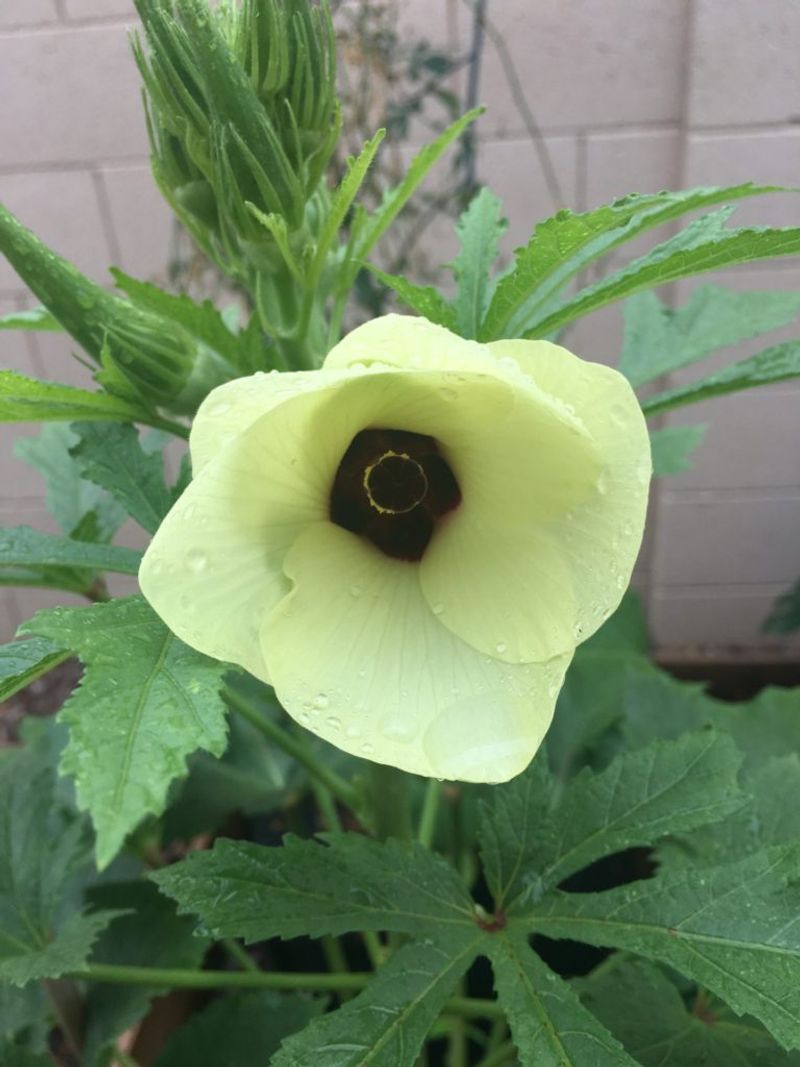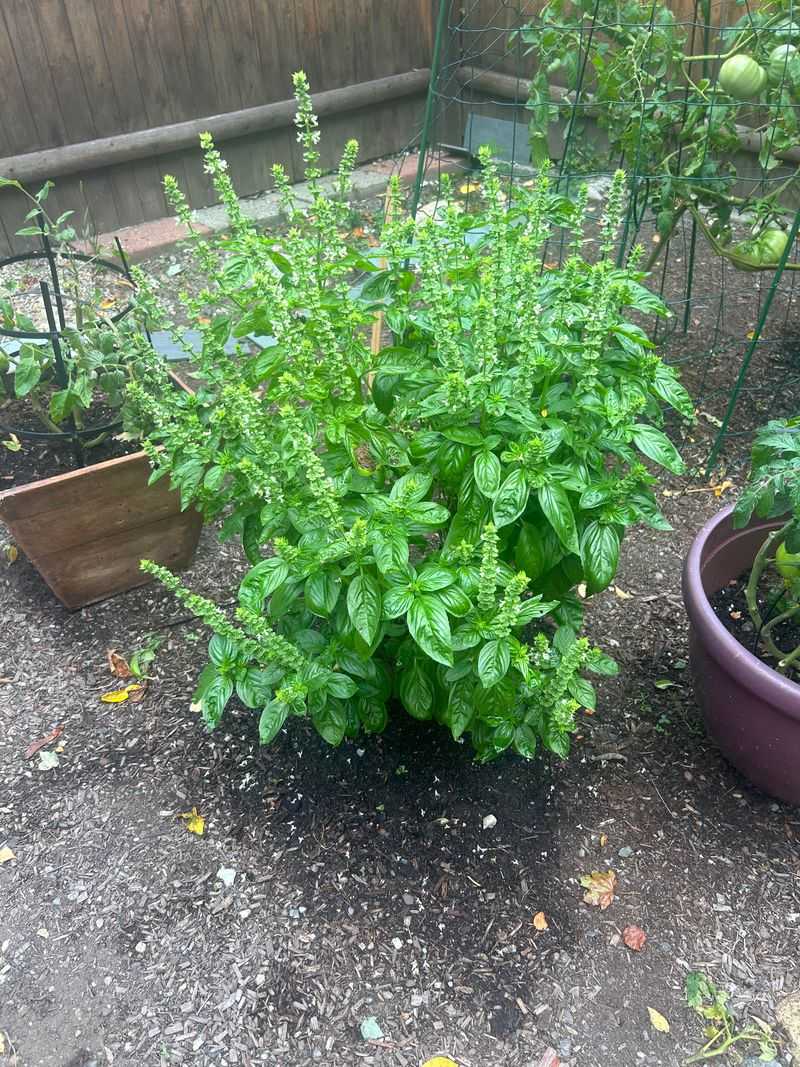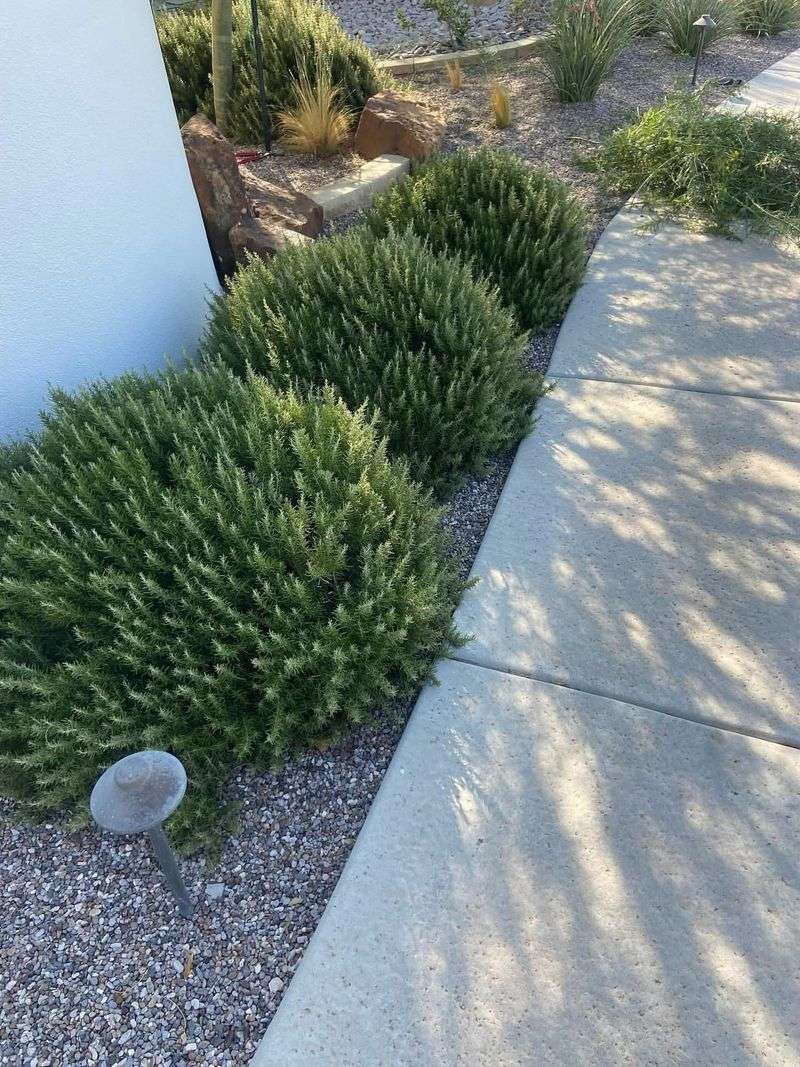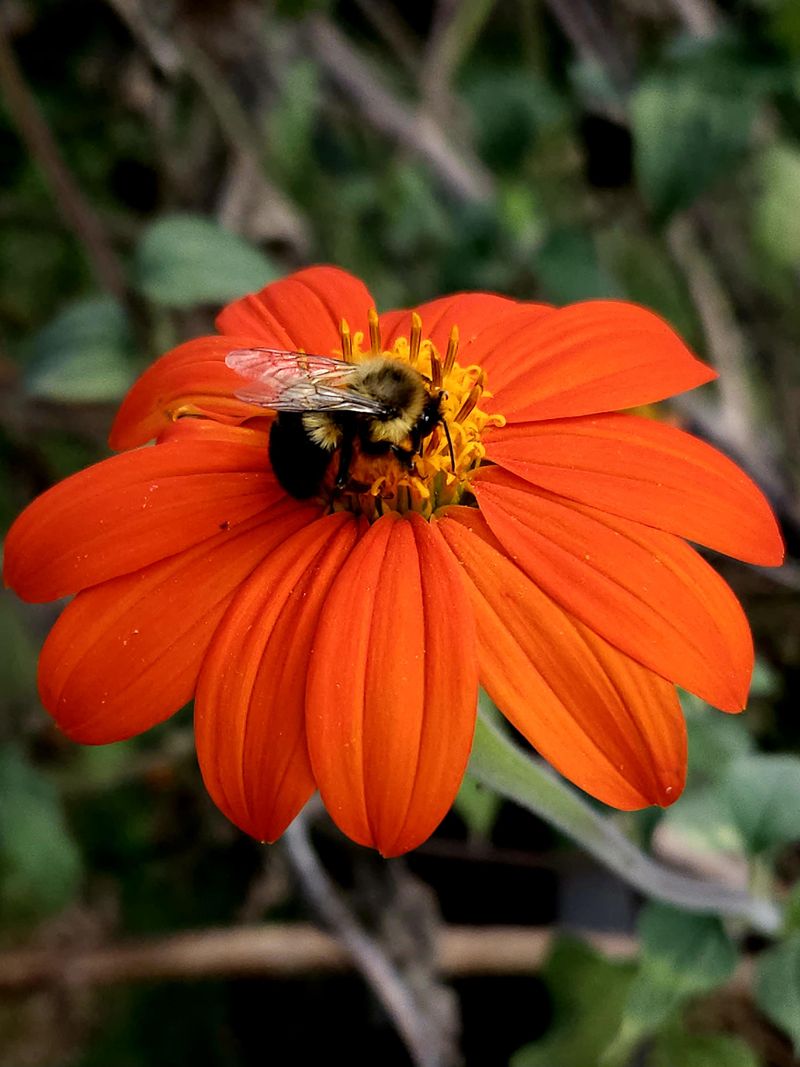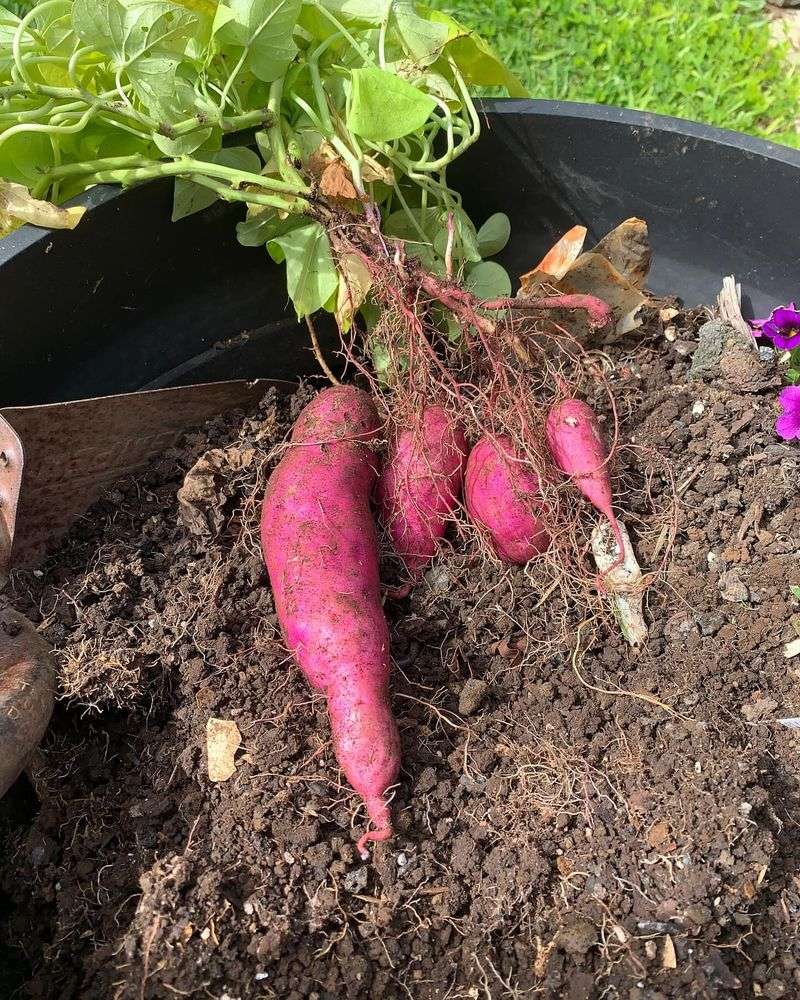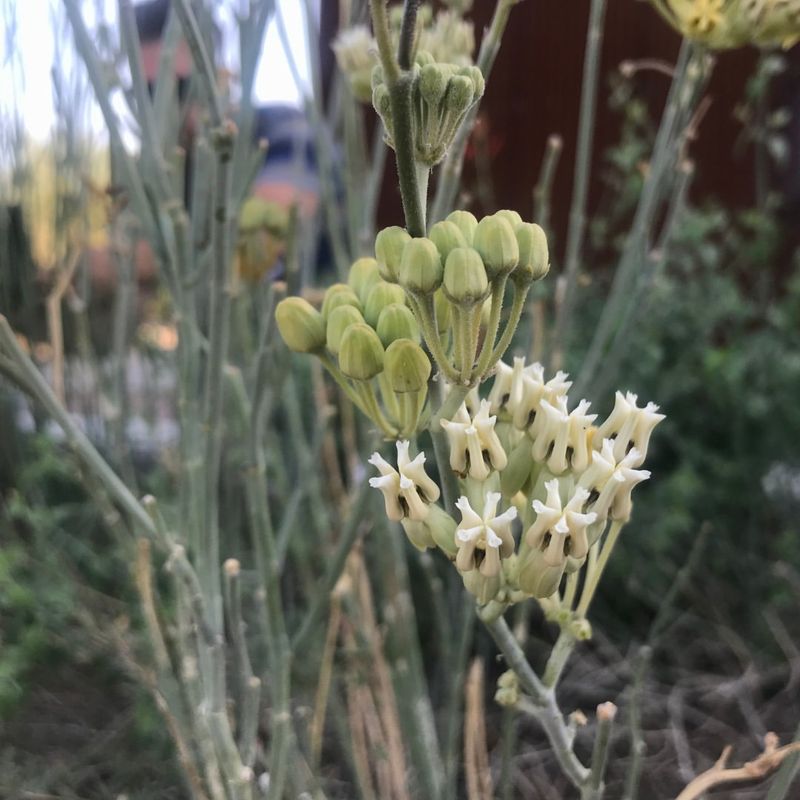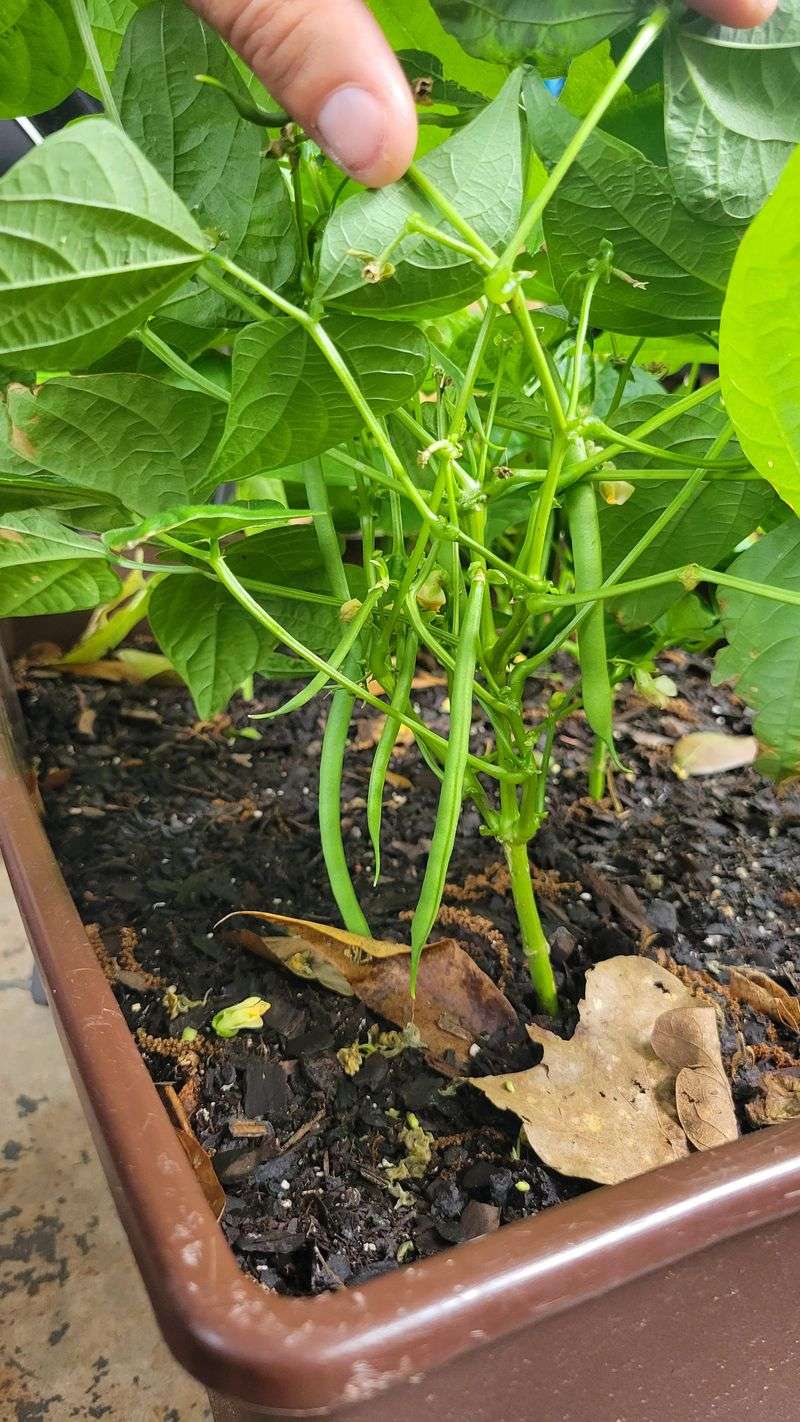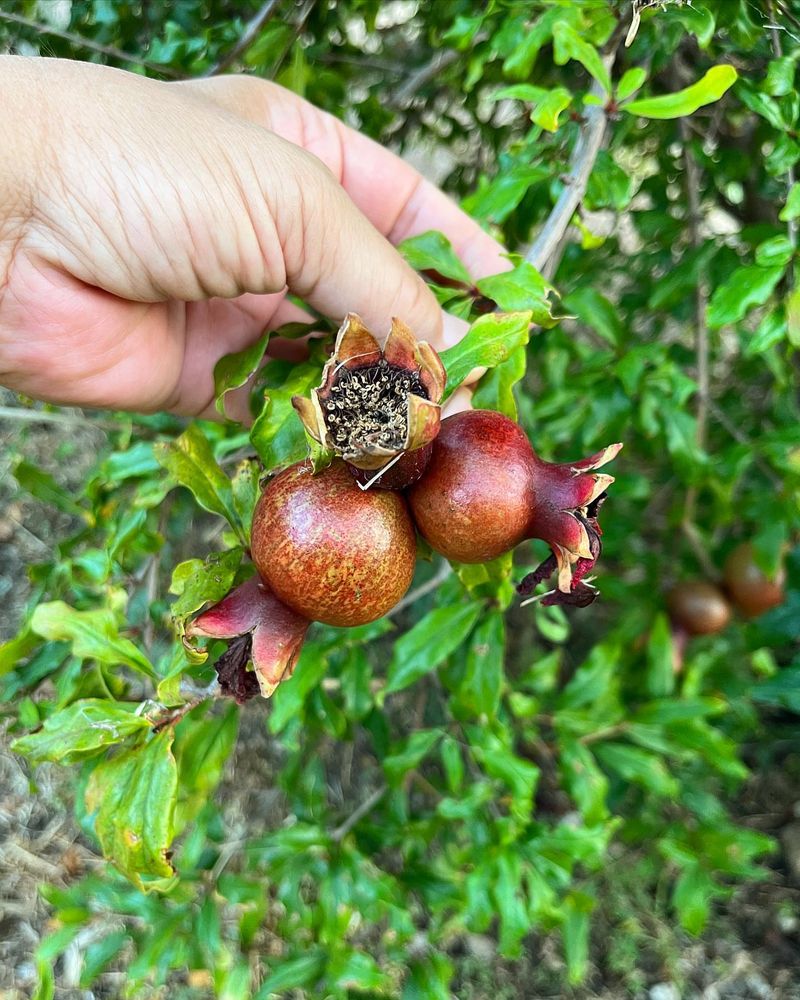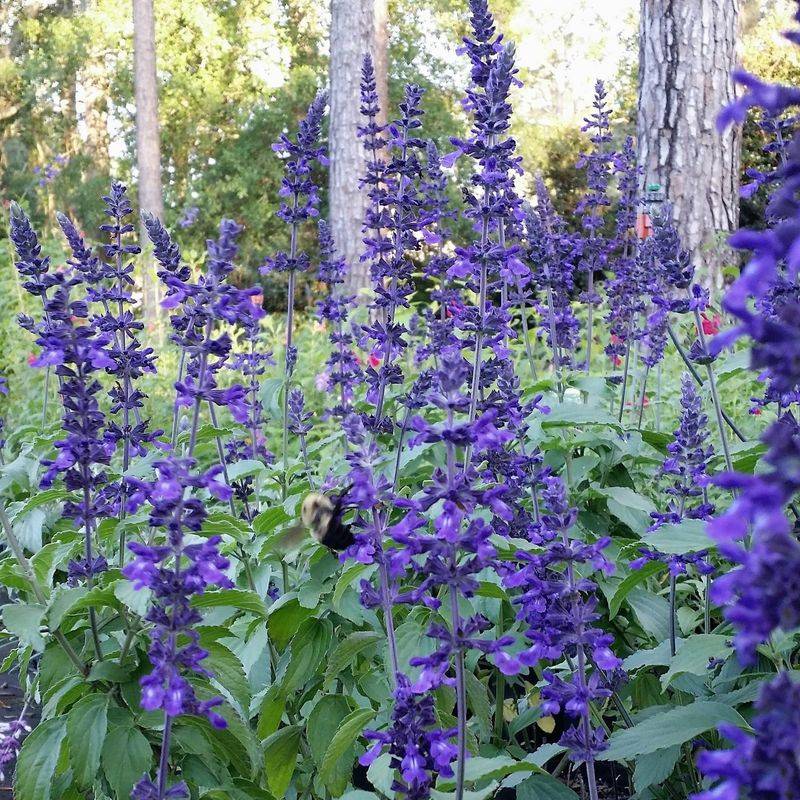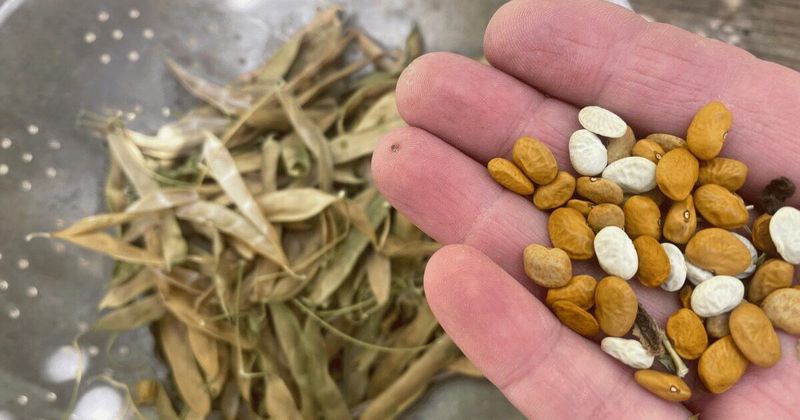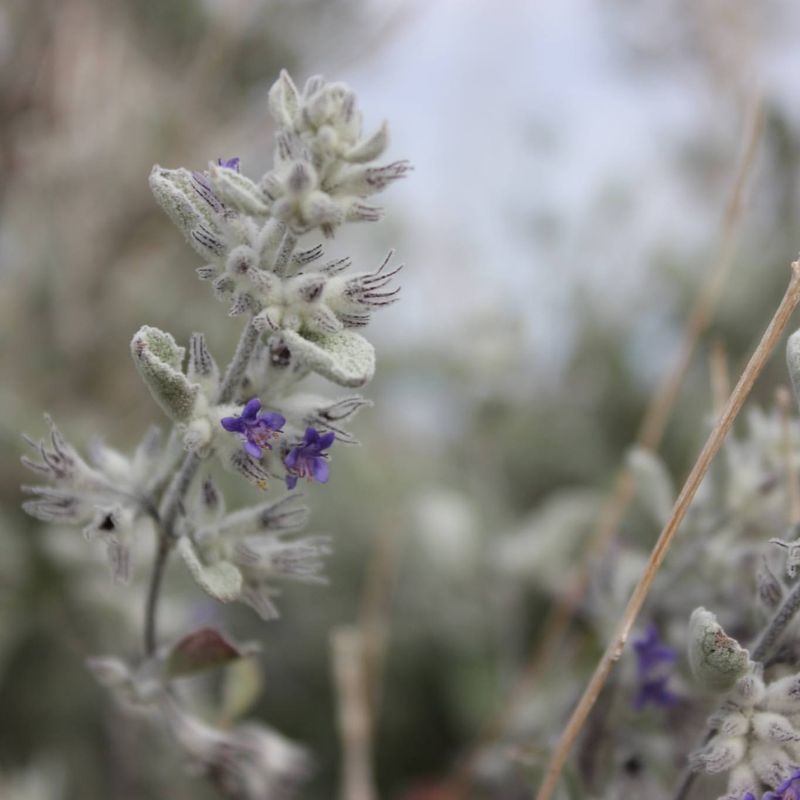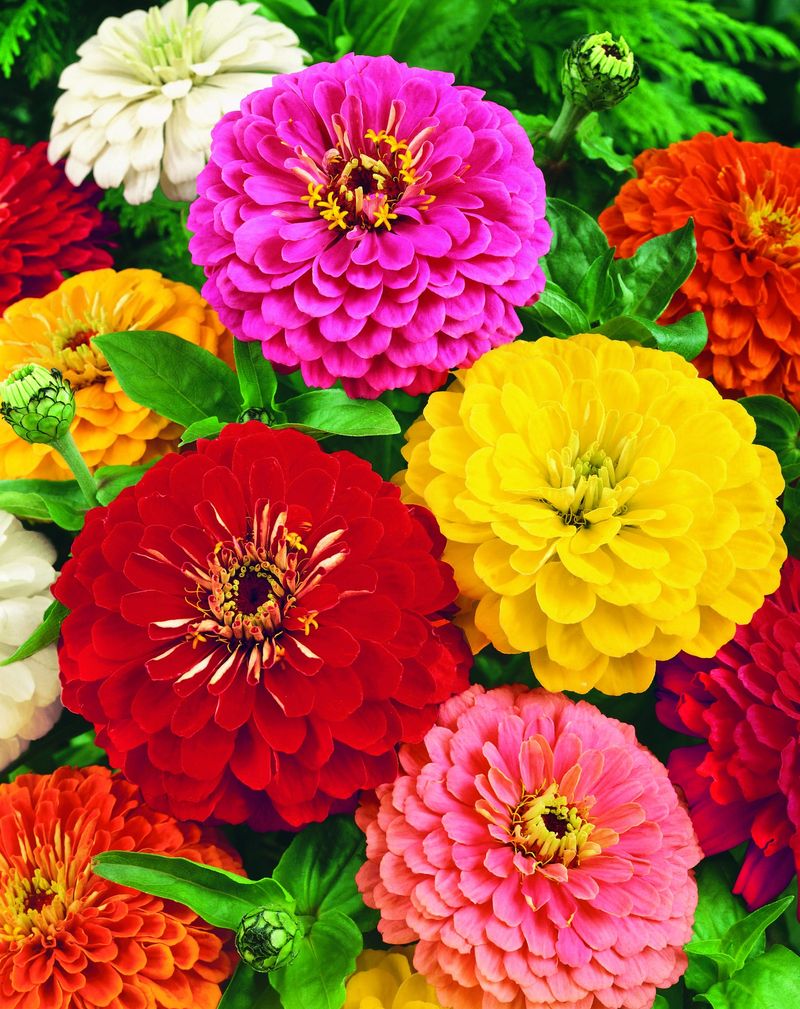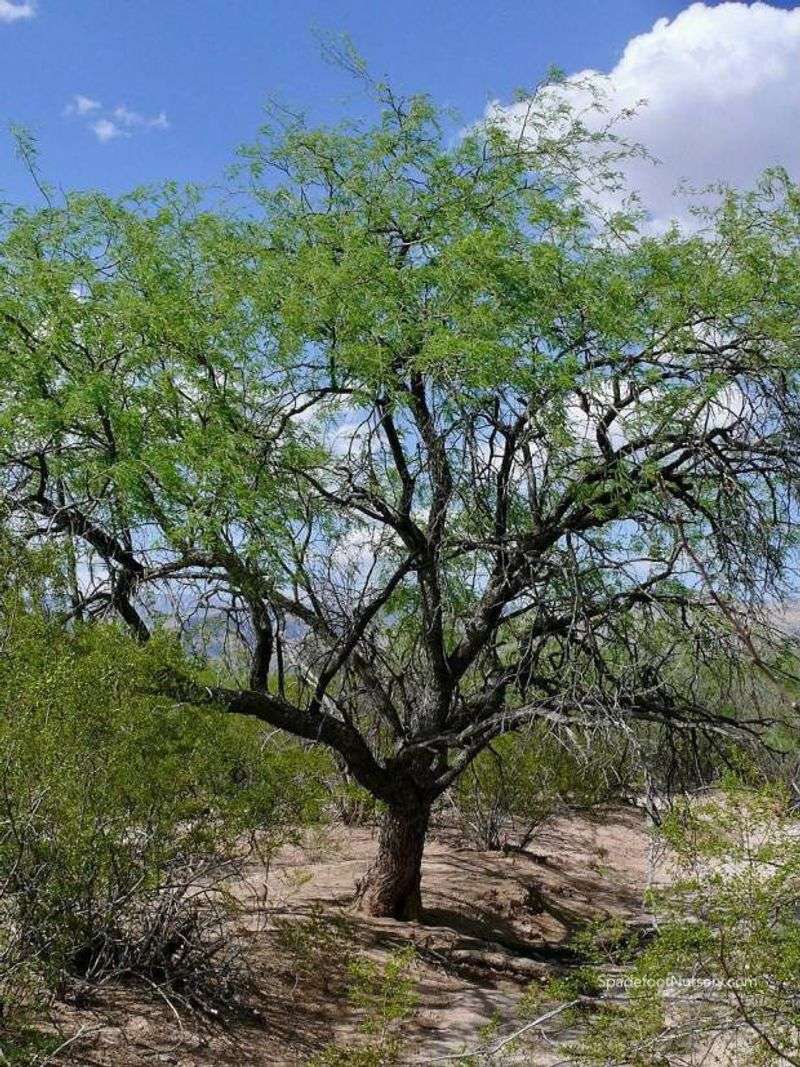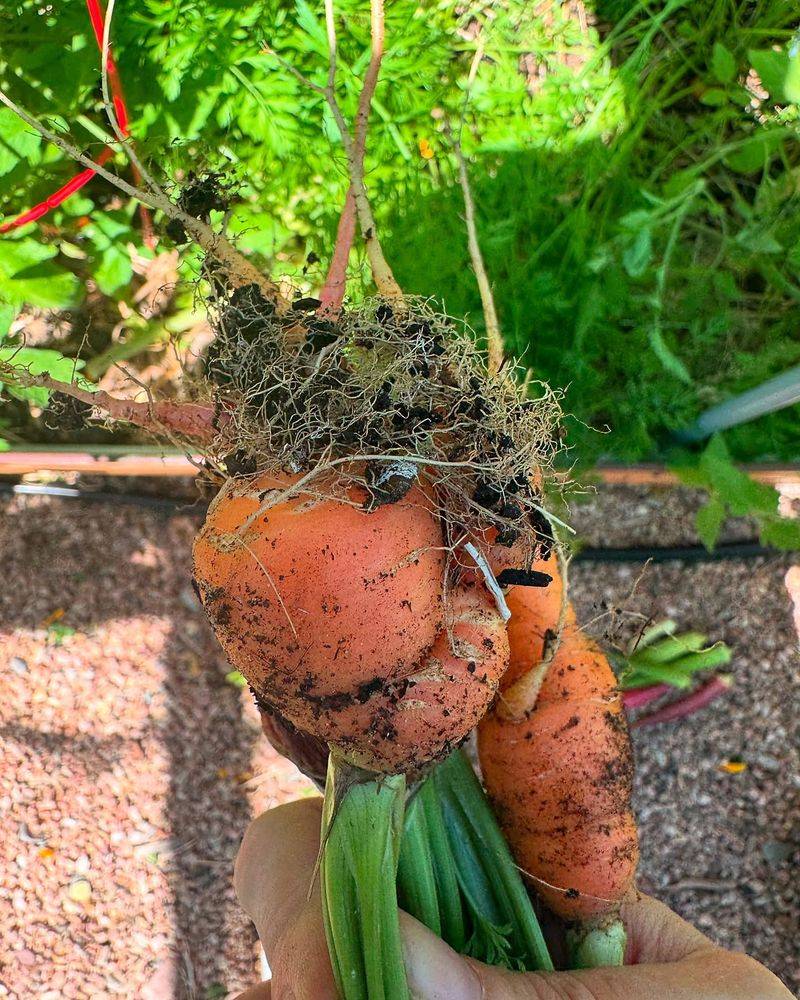Late August doesn’t mean the end of planting season, even in scorching desert regions. Many gardeners assume nothing grows when temperatures soar, but that’s simply not true!
Desert conditions actually create unique opportunities for certain heat-loving and drought-tolerant plants to thrive. With water conservation in mind and just weeks before autumn’s milder temperatures arrive, now is an excellent time to get certain seeds and transplants into the ground.
I’ve gathered 18 plants perfectly suited for late-summer desert planting that can handle dry winds, intense sunshine, and minimal rainfall. These selections will help extend your growing season while respecting the natural limitations of arid environments.
1. Black-Eyed Peas
Thriving in hot, dry conditions makes these legumes perfect for desert gardens in late summer. They’ll produce until the first frost while fixing nitrogen in your soil.
Growing black-eyed peas requires minimal effort – just provide well-draining soil and infrequent deep watering. I’ve found they’re among the most forgiving crops when temperatures climb above 100°F.
Harvest in about 60-90 days, depending on whether you want green pods or dried beans.
2. Armenian Cucumbers
Unlike their traditional cousins, Armenian cucumbers actually prefer intense desert heat. The pale green, ribbed fruits grow quickly, often reaching 12-36 inches in length.
My desert garden produced these well into October last year with just twice-weekly watering. Their crisp texture and mild flavor make them worth the garden space.
Train vines on a trellis to save ground space and keep fruits straight and clean.
3. Desert Marigolds
Native to Southwestern deserts, these bright yellow flowers practically thrive on neglect. Their silvery-green foliage and cheerful blooms persist through brutal summer conditions while attracting beneficial pollinators.
Starting from seed now means you’ll enjoy flowers through fall and winter in low-elevation deserts. Once established, they need almost no supplemental water.
Scatter seeds directly where you want them – they prefer not being transplanted.
4. Okra
Few vegetables embrace scorching temperatures like okra does. This heat-loving plant actually produces better when thermometers climb past 90°F, making it ideal for August desert planting.
Space plants 12-18 inches apart in full sun. The star-shaped flowers are quite beautiful before they develop into the familiar ribbed pods.
Harvest pods when they’re 2-4 inches long for tenderness – larger pods become woody quickly.
5. Basil
Starting basil in late August gives you a flavorful herb harvest before winter arrives. The aromatic leaves thrive in desert heat as long as they receive consistent moisture.
Plant in morning-sun locations that get afternoon shade to prevent leaf scorch. Last year my desert basil continued producing until December with minimal protection from occasional cool nights.
Pinch flower buds to encourage bushier growth and more leaf production.
6. Prickly Pear Cactus
August is perfect for starting prickly pear pads in desert gardens. Simply cut a mature pad, let it callus for a week, then place it halfway into dry soil.
These iconic desert plants provide edible pads (nopales) and sweet fruits (tunas) while requiring virtually no irrigation once established. My first planting survived complete neglect during a two-week vacation.
Use tongs and thick gloves when handling to avoid the tiny, nearly invisible spines.
7. Rosemary
This Mediterranean herb adapts beautifully to desert conditions, especially when planted as summer transitions to fall. Its resinous leaves conserve moisture naturally, making it incredibly drought-tolerant.
Choose a location with excellent drainage – raised beds work wonderfully. A single plant I started years ago has become a fragrant shrub that survives solely on rainfall.
Rosemary also serves as a natural pest deterrent for nearby vegetables.
8. Mexican Sunflower
Vibrant orange blooms atop tall stems make Mexican sunflowers standout additions to desert gardens. Unlike common sunflowers, these heat-lovers continue flowering through intense summer temperatures.
Sow seeds directly now for autumn color that attracts butterflies and hummingbirds. Their drought tolerance increases once established, though moderate watering produces more abundant blooms.
Plants can reach 5-6 feet tall, creating dramatic backdrops for smaller desert perennials.
9. Sweet Potatoes
Starting sweet potato slips in August gives them just enough time to develop before cool weather arrives. The sprawling vines create natural ground cover that helps retain soil moisture in desert conditions.
Plant in mounds of loose soil for easier harvesting. Even if tubers don’t reach full size before winter, the young leaves are edible and nutritious additions to salads.
Water deeply but infrequently to encourage roots to grow downward seeking moisture.
10. Desert Milkweed
Supporting monarch butterflies while adding native beauty to your garden happens naturally with desert milkweed. August planting allows roots to establish before cooler temperatures arrive.
Unlike common milkweed, this desert native thrives in poor, rocky soil with minimal irrigation. The pale green seed pods create interesting garden textures after the creamy white flowers fade.
Once established, these perennials return year after year with zero maintenance.
11. Bush Beans
Compact and quick-maturing, bush beans offer desert gardeners a reliable fall harvest when planted in late August. Their shallow root systems mean they establish quickly even in challenging soils.
Provide afternoon shade if temperatures remain extremely high. A light layer of mulch helps maintain soil moisture without creating humidity that can lead to powdery mildew.
Expect to harvest tender beans approximately 50-60 days after planting.
12. Pomegranate
Late summer is ideal for establishing pomegranate shrubs in desert landscapes. These ancient fruits evolved in arid regions, making them naturally adapted to intense sun and limited rainfall.
Young plants need regular watering their first year, but become remarkably drought-tolerant afterward. The glossy leaves stay green year-round in warm deserts, providing visual interest even before fruiting.
Choose dwarf varieties for smaller spaces or containers.
13. Sage
Aromatic and silver-leaved, sage plants establish well from late summer plantings in desert gardens. Their Mediterranean heritage makes them naturally adapted to hot, dry conditions.
Garden sage requires minimal care once established. The woody stems and textured leaves add year-round structure to desert landscapes while providing culinary herbs.
Plant in well-draining soil where afternoon shade is available during extreme heat waves.
14. Tepary Beans
Indigenous to the Sonoran Desert, tepary beans represent one of the most drought-resistant food crops in the world. Their deep taproots access moisture far below the soil surface.
August planting allows these native beans to mature during slightly cooler fall temperatures. The small, dense beans offer exceptional nutrition and unique flavors not found in common varieties.
Once established, many desert gardeners report successful harvests with zero supplemental irrigation.
15. Desert Lavender
Not true lavender but equally aromatic, desert lavender thrives when established in late summer. The silvery foliage and purple flower spikes attract native pollinators while requiring minimal care.
This native shrub grows naturally on rocky slopes, making it perfect for challenging areas of desert landscapes. Unlike European lavenders, it handles extreme heat without declining.
Expect a mature height of 4-8 feet with little to no supplemental water once established.
16. Zinnias
Bringing reliable color to late-summer desert gardens, zinnias germinate quickly in warm soil. Their drought tolerance improves as plants mature, though moderate watering produces more abundant blooms.
Sow seeds directly where you want flowers to appear. The cheerful blooms continue until frost while providing important nectar for butterflies struggling through late summer heat.
Deadhead regularly to encourage continuous flowering through fall.
17. Mesquite Trees
August offers an excellent window for establishing young mesquite trees before winter arrives. These iconic desert natives develop incredibly deep root systems that access groundwater unavailable to other plants.
Choose from honey, screwbean, or velvet varieties depending on your specific desert region. Their filtered shade creates microhabitats where other plants can thrive.
Young trees need regular watering their first year but become completely self-sufficient afterward.
18. Carrots
Late August marks the transition toward ideal root vegetable conditions in desert regions. Carrots sown now develop during the gradually cooling temperatures of early fall.
Prepare soil deeply, removing rocks and breaking up compacted layers that would cause forked roots. Consider shorter varieties like Chantenay or Paris Market that mature quickly before winter.
Cover seeds lightly with vermiculite rather than desert soil to prevent crusting that inhibits germination.

